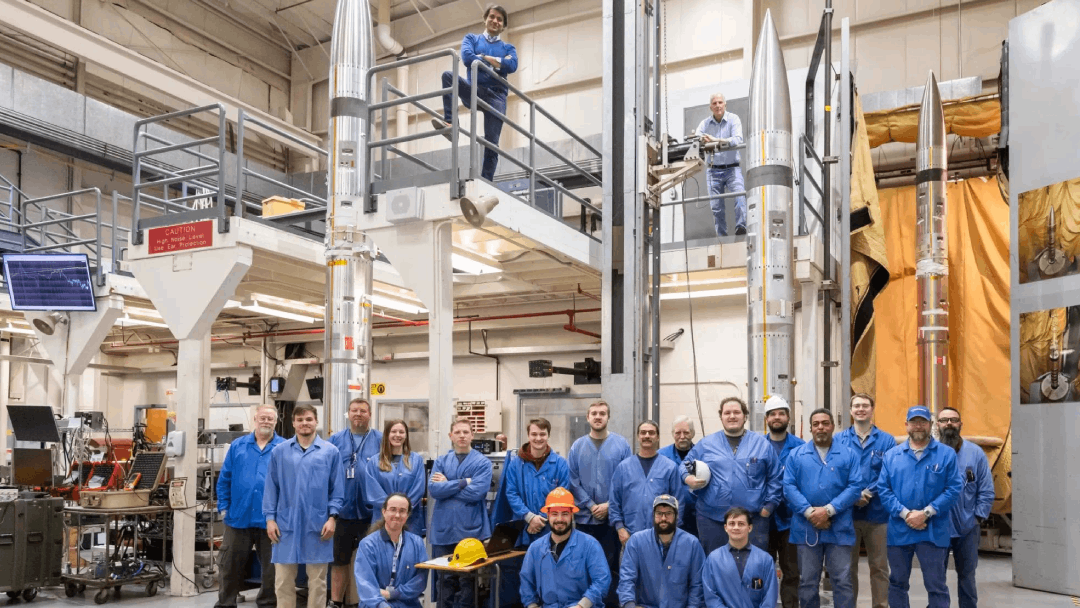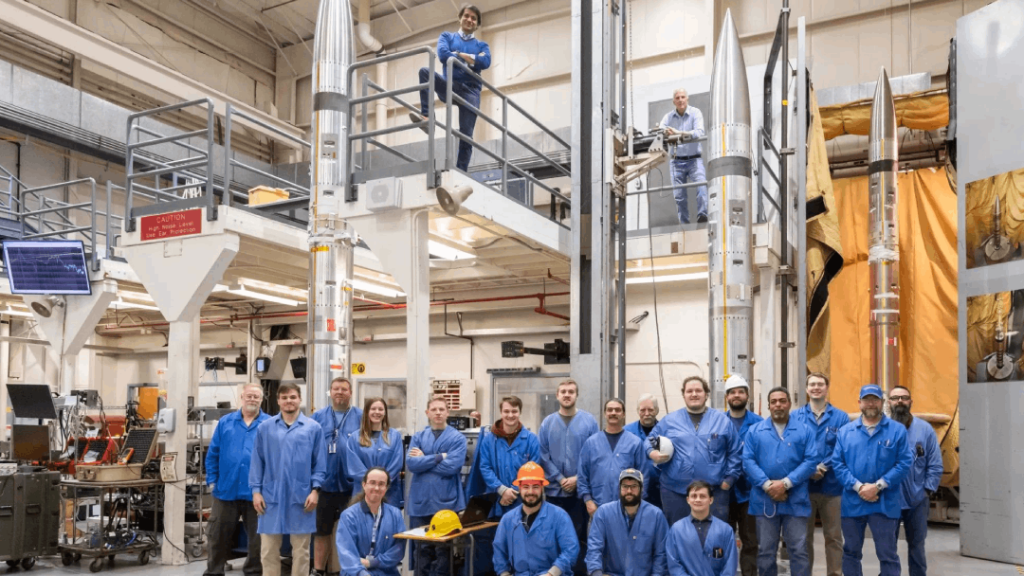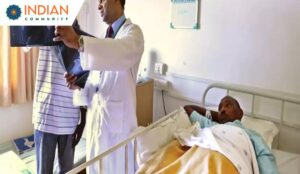
Renowned Indian American scientist Aroh Barjatiya led a groundbreaking mission conducted by the National Aeronautics and Space Administration (NASA) to investigate the effects of the recent April 8 solar eclipse on the Ionosphere, which is Earth’s upper atmosphere.
Barjatya, who serves as a professor of engineering physics at Embry-Riddle Aeronautical University (EMRU) in Florida, and oversees the Space and Atmospheric Instrumentation Lab, coordinated the launch of three sounding rockets from Wallops Island, Virginia, during the eclipse.
Sharing his excitement on LinkedIn, he exclaimed, “What a spectacular day!!! #eclipse2024. It’s been a long day since reporting to station at 6:30 am and wrapping up the launch party at 9:30 pm. All three rockets were launched successfully and every instrument worked!!!”
Expressing his gratitude, Barjatya acknowledged the collaborative effort involved, stating, “My deepest gratitude to all my fellow researchers at collaborating institutions and insanely capable and stellar students at Embry-Riddle Aeronautical University, as well as, most crucially, to everyone at NASA Wallops Sounding Rocket Program Office and NASA Goddard Space Flight Center for helping accomplish six complex rocket missions in six months!”
Highlighting the rapid pace of the APEP Eclipse Rocket Campaign, he emphasized the abundance of data collected, which now requires thorough analysis.
Barjatya’s research interests span various domains including small satellites, sounding rockets, high-altitude balloons, spacecraft charging, embedded electronics, space situational awareness, and space systems engineering. Notably, he is actively involved in six additional missions, including a NASA mission to Mars.
A key objective of Barjatya and his colleagues is to understand the unique pattern of atmospheric waves triggered by an eclipse in the ionosphere, as stated in a University of Florida press release.
Under the Atmospheric Perturbations around the Eclipse Path (APEP) mission, NASA successfully launched three Black Brant IX sounding rockets from its Wallops Flight Facility. The launch window was scheduled between 2:40 p.m. and 4:05 p.m., with each rocket serving a specific purpose during the eclipse.
Barjatya elucidated the significance of studying the ionosphere, emphasizing its role in reflecting and refracting radio signals and its impact on satellite communications.
Each rocket carried four sub-payloads, totaling 12 datasets, which will be meticulously studied to enhance our understanding of atmospheric disturbances and aid in future predictions.
Despite the remarkable success of this mission, the next total solar eclipse over the contiguous US is not expected until 2044, leaving ample time for further research and preparation.






